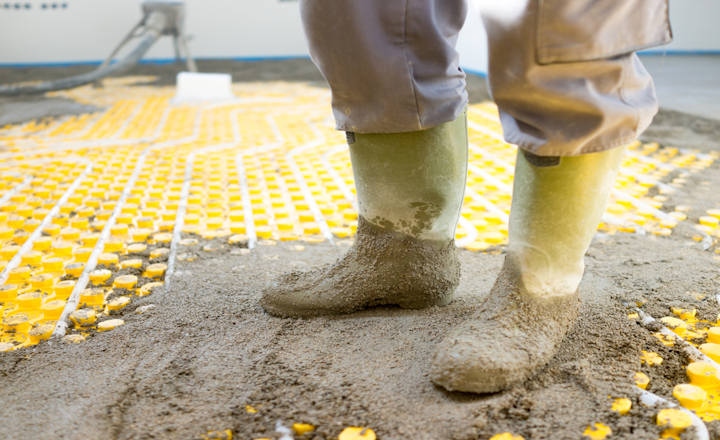
Large-scale building or renovation projects often require careful planning before the first step is taken. Whether it’s clearing a site, renovating an old structure, or preparing a block for new construction, the early stages set the tone for how smoothly the entire project will run. Understanding the process from the start gives homeowners and business owners greater confidence, particularly when navigating decisions that affect both safety and costs.
By taking time to learn what’s involved, you can avoid unnecessary delays and unexpected issues. From clearing out old structures to managing financial protection, the decisions you make early on will often determine how successful your project becomes. Here are some of the key areas to consider before breaking ground.
Clearing the Path for Future Construction
One of the first steps in many major projects is removing old or unsafe structures from a site. This process is often more complex than it initially appears, as it requires precision, compliance with regulations, and attention to safety. Professional demolition services ensure that the site is prepared correctly and safely, leaving a clean foundation for the next stage of work.
Specialist contractors not only take down existing structures but also manage the removal of debris and materials in line with environmental guidelines. This saves significant time for property owners and helps to prevent potential hazards. By engaging experts in this field, projects are less likely to encounter complications once construction begins, keeping the process efficient and cost-effective.
Building a Reliable Team for the Job
Even the most well-planned project can only succeed if the right people are carrying out the work. This is where working with experienced tradespeople makes a noticeable difference. Local knowledge, established reputations, and reliable skills contribute to a smoother workflow, especially when timelines are tight or conditions are challenging.
For many in the industry, having adequate financial protection is just as important as technical expertise. Options such as local tradies insurance provide a safeguard against unexpected incidents on-site, protecting both the tradespeople and their clients from unnecessary financial stress. When tradespeople are insured, property owners can feel reassured that the project is in capable and responsible hands.
Managing Risks and Protecting Investments
Every building or renovation project carries some level of risk, ranging from accidents on-site to unforeseen structural complications. While many of these risks can be minimised with proper planning and experienced contractors, it is still important to consider broader protective measures. Choosing a team that operates responsibly and with the right safeguards in place helps avoid delays and costly setbacks.
Projects that involve significant groundwork or removal of old structures particularly benefit from expert oversight. Contractors familiar with compliance standards ensure that safety remains a top priority while keeping the project moving forward. This careful management not only reduces immediate risks but also protects the long-term investment being made in the property. For homeowners and developers alike, ensuring that professional standards are met from the outset lays the foundation for a successful and stress-free project.
Conclusion
Taking on a major building or renovation project can be daunting, but with the right preparation, it can also be rewarding. Clearing the site effectively, working with skilled tradespeople, and managing risks responsibly all play a crucial role in achieving a successful outcome. These early decisions have lasting impacts on both the safety and efficiency of the project.
By investing in careful planning and engaging the right professionals, property owners can move forward with confidence. A well-prepared approach not only protects the investment being made but also ensures the project is completed to a high standard, leaving behind a safe and functional space ready for future use.




